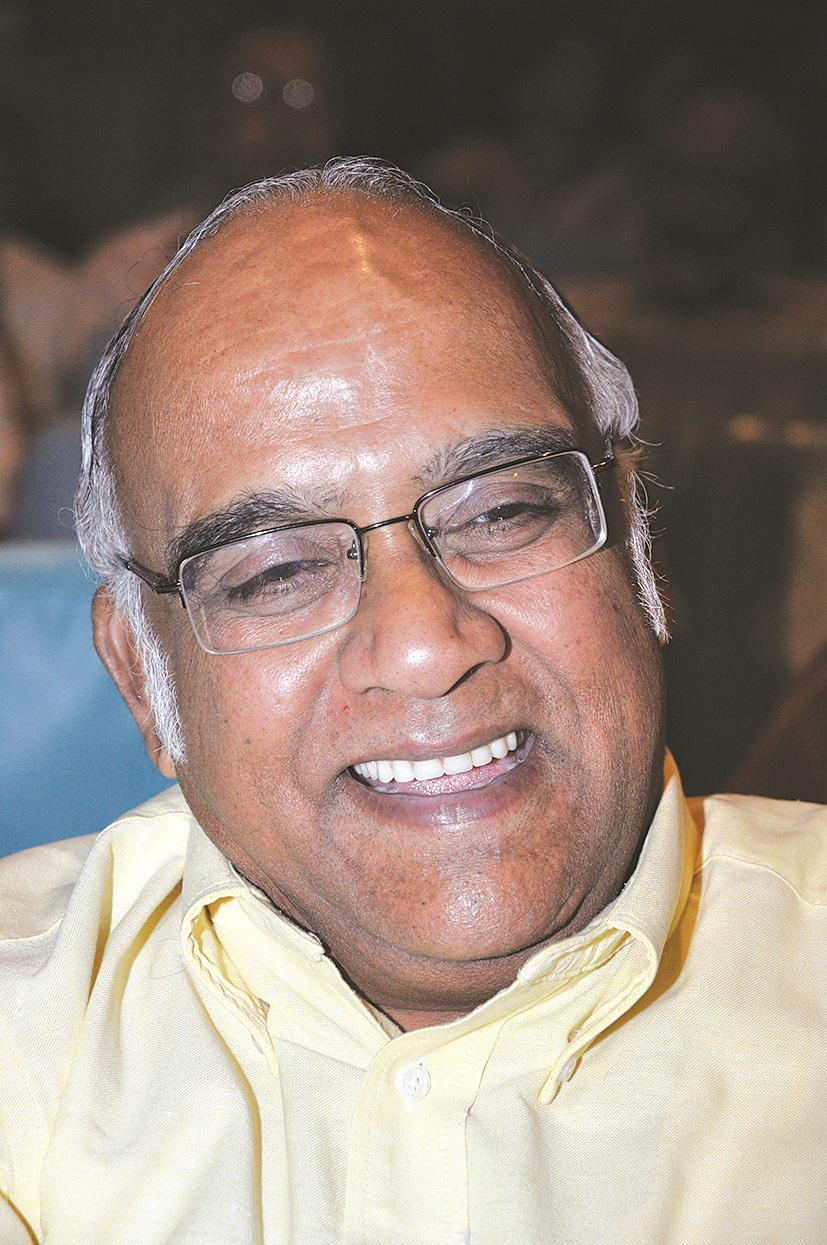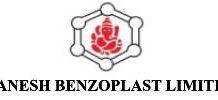Deeper Insights on Sustainability
Views of World-Renowned Scientists and Sustainability Advocates
In the last edition (3rd) of Chemical Industry Digest Annual on Sustainability, we had views from leading chemical industry CEOs, defining the different dimensions of sustainability in the chemical industry.
This time, for this 4th edition of the Sustainability Annual, Chemical Industry Digest, quizzed leading scientists and sustainability advocates on adoption and incorporation of sustainability practices in the hydrocarbon, chemical and allied industries.
Their responses published here provide deep insights on the subject.
The gist of it is that the chemical industry has to move quickly beyond environment-friendly processes and embrace proactively and wholeheartedly the principles of sustainability and incorporate it in business and industry.
This needs a huge transformational shift in mindsets and attitudes from top management to virtually all other personnel in the chemical industry. And it has to roll all along the entire manufacturing value chain from suppliers to the end-users. Equally, it would need transformational changes in business and manufacturing models. If looked at positively it will drive innovation and concomitantly open up new vistas in business opportunities.
Chemical Industry Digest has been privileged to obtain views of India’s leading and internationally renowned scientist and here Dr S Sivaram’s views on sustainability.

Dr Swaminathan Sivaram
INSA Senior Scientist and Honorary Professor, Indian Institute of Science Education and Research &
Former Director of National Chemical Laboratory
Chemical Industry Digest (CID): Experts state that the survival and future of the chemical industries would depend on how quickly the industry adopts sustainability as its main principle or operating theme. To what extent is this a critical factor? Can the industry adopt sustainability incrementally? Do they need to totally revamp? Would they have to change their manufacturing & business models?
Dr Swaminathan Sivaram (SS): Embracing sustainability is certainly critical to the future of the chemical industry. Principles of sustainability must be firmly embedded in the operational philosophy of the chemical industry, large or small. For large and listed companies, this is even more important. Often practising principles of sustainability is considered as a cost; however, it must be really considered as insurance for future survival. Implemented with thought, it can also lead to an improvement in the bottom line of companies. In my opinion, sustainability adoption has to be incremental, with a clearly planned strategy for implementation. Well-defined annual plans with measurable targets must be laid out to make industry operations sustainable. Such incremental adoption strategy will make the process less disruptive. Depending on the business and the current levels of sustainability, companies may have to tweak their manufacturing and business models. In the end, sustainability is a classic problem of the “Tragedy of the Commons”, where everyone tries to maximize his/her personal gain based on perfectly good and logical reason, but collectively create damage to the eco-systems. Sustainability is also a problem related to how we handle our increasing desire for material consumption for enhancing our quality of life in a world of diminishing resources.
CID: An integrated approach always provides the best results in any area. What should be the elements of such an integrated strategy to implement sustainability in the chemical industry?
SS: Elements of an integrated approach to sustainability are (a) a clear understanding of what “sustainability” means in the context of a given business (b) defining specific components of sustainability (c) understanding the current levels of each of the component and the desirable target levels to be achieved (d) mapping the sustainability journey in terms of plans, budget, manner of implementation and defining measurable indicators of performance (e) and setting internal processes to measure the cost to benefit ratio. The battle against sustainability can be won only when a company realizes that its adoption has brought tangible benefit to the company.
CID: Currently most of the chemical industry is in the ‘take-make-dispose’ mode of manufacturing. Can this shift to a cradle to cradle (circular) manufacturing or stepwise by first getting into greener processes with less environmental distress & then into circular manufacturing. Are circular processes feasible? – only in some cases or majorly?
SS: Circularity is a key component of sustainability. Zero-waste and zero-discharge processes can be implemented only when the concept of circularity is accepted. Like in many other activities, the journey begins once we embrace the philosophy of sustainability. The road to circularity will not be linear; it will have to go through many side alleys, with small improvements. One should not be weighed down by the thought of achieving complete “circularity”. In some case, even partial circularity is better than none at all.
CID: If chemical companies have to revisit their manufacturing processes to make them on sustainable lines, which areas should they start in the manufacturing cycle & how: Products (Restructuring product portfolios)? Processes (Green Chemistry)? Plant & Equipment (Improving Efficiency)? Starting Materials (Biomass/Renewables)? Any other?
SS: The manufacturing industry has to relook at all its processes. However, one is not advocating that they change it all at once. This is not practical because of sunken investments. One of the thought experiments that every industry can undertake is to ask: If we were to build a new manufacturing facility today, keeping in mind the goal of circularity and sustainability, how should we do it? How should my flow sheet ideally look like? How can I maximize output with minimum inputs of materials, energy and water? How should my wastes and byproducts be used to create additional wealth? What kind of process improvements is needed? If my final output is a product, how will I design it a priori to meet the needs of circularity? Such thinking will lead to solutions that can be implemented even within the constraints of existing manufacturing technologies. In addition, sustainability goals have to be extended to the entire supply chain. Manufacturers have to take responsibility for the products after their use. Labelling and information sharing with consumers must become open and transparent.
CID: Since innovation is needed across the manufacturing value chain to achieve sustainability, can the advent of Industry 4.0 technologies (IoT, Artificial Intelligence, Machine Learning, Data Analytics etc) give a fillip to accelerate innovation/sustainability.
SS: Digital and Industry 4.0 technologies are critical to any industry of the future; however, adopting these technologies alone will not serve the cause of sustainable manufacturing. The latter will require new ways of thinking based on our understanding of chemistry and chemical engineering and devise efficient new process technologies suited specifically for the needs of the specific industry. Digital and industry 4.0 technologies are tools. Sustainability goal is a process.
Sustainability cannot be merely reduced to a problem in science and technology. Before implementing any solution deep thought and analysis are required. We still lack adequate tools and disciplined processes to define the “unintended consequences” of any new solution.
CID: Do you think there is sufficient awareness of the importance of sustainability in the industry from top management to employees. Any additional steps required to increase awareness and convert awareness into action?
SS: I tend to believe that there is sufficient awareness amongst the chemical industry leaders on the importance and relevance of sustainability and its criticality to the survival of the business. However, whether the message has trickled down to the employees is doubtful. The chemical industry is at a crossroads today and is often the whipping boy for all the ills of the society. Increasingly, the license to operate a chemical industry needs to be obtained from the citizens and the community, not the Government or regulatory bodies. Informed citizens have the power to shut down what they believe are processes with a poor record of sustainability and they have shown it so in recent times, even in India. If the chemical industry has to regain its trust amongst the community, it has to behave more responsibly and communicate more effectively than they are equally, if not more, concerned about the negative impact of chemical manufacturing.
Sustainability is ultimately a new way of thinking and doing. This requires a change in mindsets and significant “social engineering”. Embedding all dimensions of sustainability in undergraduate science and engineering education will be important to create a new generation of people who think differently. A beginning has already been made in many Universities abroad. In India, too various institutions are planning to introduce a structured curriculum in chemistry and chemical engineering to impart knowledge on “sustainability” thinking. There is also a need for industry personnel to be educated through short courses on this subject, so there is a common understanding on the principles of sustainability and the methods and tools available to achieve the goals.
CID: While there are the Dow Jones Sustainability Index & other Indices by professional bodies like AIChe, what according to you should be the benchmarks for measuring sustainability? To what extent does obtaining a good rating facilitate a company’s business?
SS: There are a plethora of indices to measure sustainability. While they provide guidance, these indices have no absolute significance. Every company must devise their own internal metrics for the processes they operate. Sustainability is driven by an inner conscience which values social responsibility and places it above all other considerations. It is in effect an ethical statement. Therefore ratings are, in my opinion, less important.
ISO has issued ISO 26000 as broad guidance on social responsibility and sustainability. More than ever, both consumers and manufacturers recognize the impacts of their choices and actions. In the past, many of the costs of doing business were hidden; now ISO standards allow them to be quantified and factored into decision-making processes. This means more responsive and responsible businesses. These ISO standards enable businesses to plan their future growth around meeting consumer expectations. They enable transparency about products and best practices for limiting their negative impacts.
A sustainable future means balancing the needs of the environmental, social and economic systems. Every organization is increasingly expected to play a significant role in achieving this. With over 450 recommendations that directly impact the Sustainable Development Goals, ISO 26000 provides guidance on how businesses and organizations can operate in an ethical and transparent way that contributes to sustainable development.































